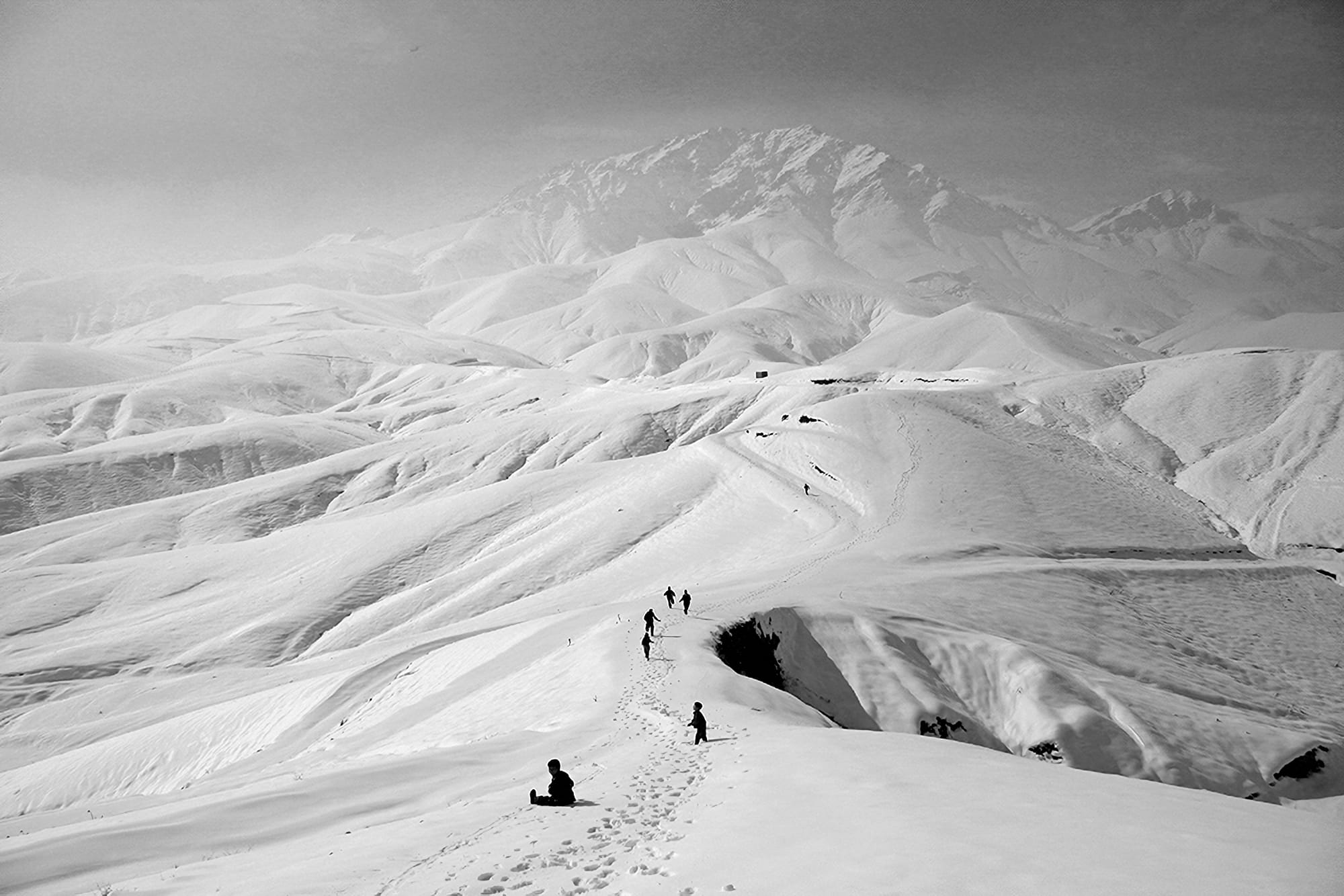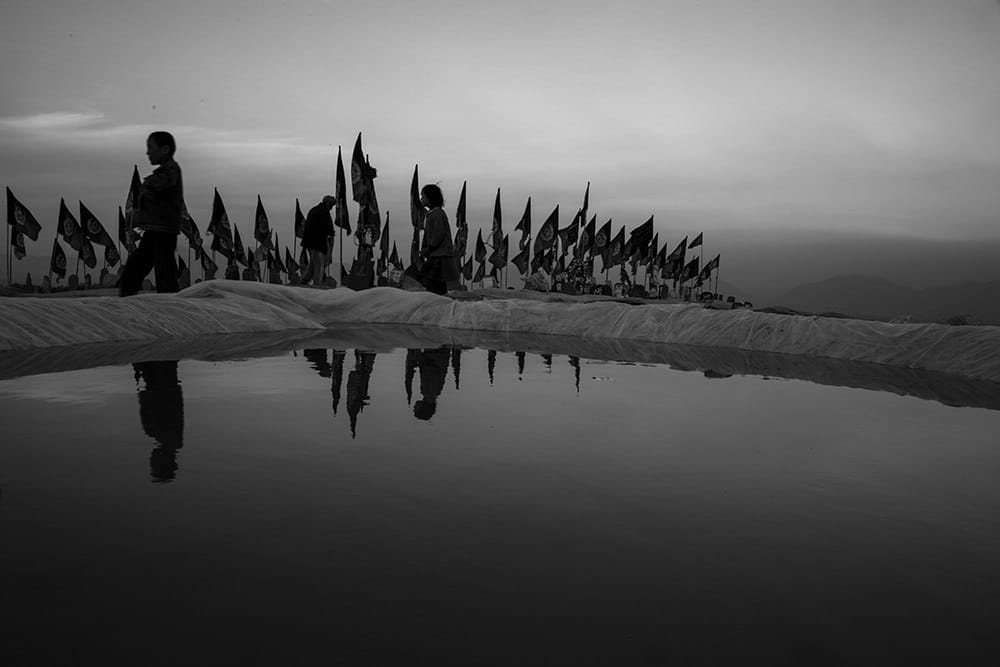
"I love roaming the streets, following people who become my characters, understanding how they blend into their environment, like a tree taking root. I love listening to their breath."
Naseer Turkmani was born in 1990 in Parwan, Afghanistan. As a refugee in Pakistan with his family during the Taliban period, he began photography at a young age alongside his brother, who took identity photos to support the family. Naseer attended school in refugee establishments and started working early. Through internet resources, he taught himself photography and submitted his shots for professional critiques by posing as one of them.
Returning to Kabul in 2008, he joined a group at the 3rd Eye Photojournalism Center (Cheshm-e sevum). There, he discovered documentary photography and developed his approach to reality alongside photographers like Jan Grarup and David Bathgate. Alongside his studies, he opened two studios in Kabul. In 2013, he participated in the Contemporary Art Prize program and developed an approach to conceptual art. In 2018, he taught at the Faculty of Fine Arts and became a member of the Afghan Photographers Association.
Upon arriving in France in August 2021, Naseer Turkmani participated in a training program at Ateliers Varan Paris. His photos were exhibited alongside Reza's in the exhibition "Le Rire des amants," curated by Rachel Deghati at the Pavillon Carré de Baudoin (January 21 – April 2, 2022). He is working on a photographic epic tracing the recent journey of Afghan artists to Europe, with one of the series called "Khoda Hafez" (goodbye in Dari). He exhibited his works at the Dominique Fiat Gallery (December 2022-January 2023) as part of the exhibition "Khoda Hafez, Afghanistan beyond borders," and at the Théâtre de la Ville in March 2023. In 2023, he began working in a studio in Marseille.
"Before having a camera, I spent months in Kabul living with my subjects. One of my study spots was Pol-e sukhta, literally the 'Burnt Bridge.' The dried river of Kabul passed there. Above, there was the life of merchants, students. The colors were vibrant. Under the bridge lived all those who had been rejected, including drug addicts. There was a whole other world with its language and its own economy. I followed a bright young student, broken by love, who tried to forget his love with a new addiction. Staying with them was a way for me to push further the quest for portrait. When I discovered conceptual art, I began creating photo montages including a series on identity from administrative documents, then on female prostitution, which led to a new series. Today, Afghanistan remains within me. But I try to understand French society from my foreign perspective."







